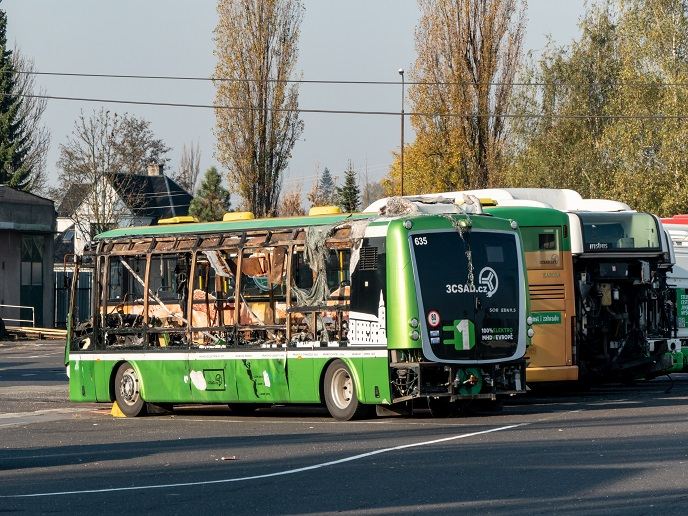Countries around the world are pledging to reach ambitious climate change targets, and ensuring net-zero emissions is a huge part of this. As a result, we’re seeing a sustained transition to renewable fuel sources in various industries, and the automotive industry is one of those changing, so it can meet the growing demand for electric public transport.
Jonas Bergström, Business Manager for Dafo Vehicle Fire Protection’s bus and coach division explores the various vehicle fire risks in the bus industry as a result of increased electrification and discusses how operators can reduce rising risks.
Changes in European regulations
The United Nations Economic Commission (UNECE) recently enacted Regulation 107 to reduce the fire risks associated with combustion engine buses and coaches and make them safer. This regulation makes it mandatory for combustion engine vehicles to install an automated fire suppression system within the vehicle’s engine compartment.
However, this new regulation doesn’t address the fire hazards in electric vehicles (EVs). For hybrid electric vehicles (HEVs), the combustion engine may be covered by the UNECE’s new regulation, however, it does not protect the lithium-ion (li-ion) battery making up the vehicle’s electrical component.
UNECE Regulation 100 (Construction and Safety of Electric Powertrains) also published its latest draft, outlining a proposal recommending early warning systems for battery failure/damage that may cause a fire. It outlines that, when there’s a risk of thermal runaway, a vehicle’s detection system should provide an early warning signal. Therefore, to recognise battery failure at its earliest possible stage to prevent ignition, a fire suppression system will need to recognise when thermal runaway could take place and how to prevent it.
New fire risks and how to identify them
Li-ion batteries, which power the majority of EVs and HEVs, are at risk of thermal runaway. This can take place following a defect in a battery’s cells – which could be caused by overcharging, overheating, overvoltage or physical damage – and may lead to rapid temperature increases that can cause fire, toxic gas emissions and potential explosions. This type of fire is an increasing risk to life and vehicles, and traditional systems are often not able to extinguish thermal runaway effectively.
Research into thermal runway has found that to extinguish these types of fire effectively, suppression systems have to apply huge amounts of water for an extended period of time. However, this is often impractical, as damaged electric buses will likely need to be moved and stored elsewhere to reduce risks. An early fire warning system and spot cooling is often a more suitable alternative method, which prevents thermal runaway before it takes place.
As EVs and HEVs are introduced into the public transport industry, there are various challenges that need to be overcome and risk assessments that need to be put in place. For example, the location of fire risks in traditional combustion engine vehicles and EVs differ. Combustion vehicles are often only at risk within the engine compartment, whereas, as we move to electric, you’ll need to protect additional zones throughout the vehicle.


